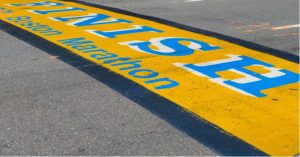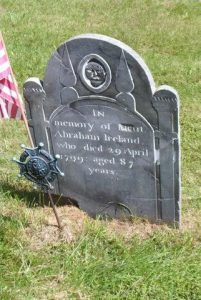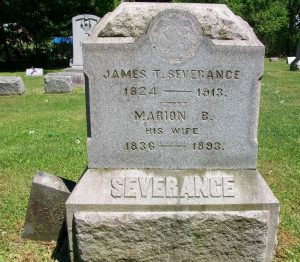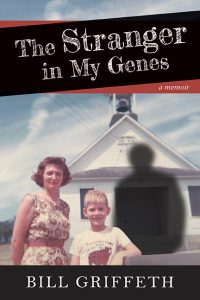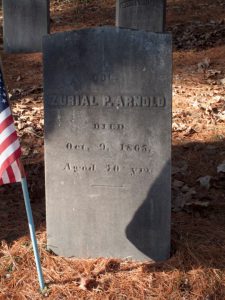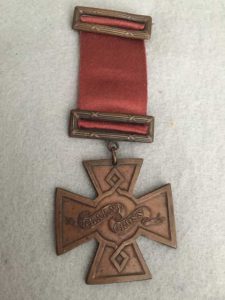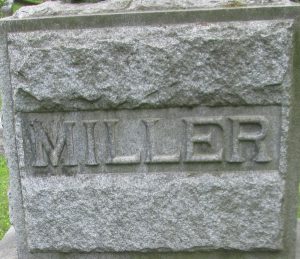“It is good people who make good places.” – Anna Sewell
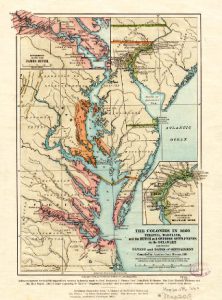
Like most of us discovering our family history, I rely heavily on census records. Often we come across numerous variations in the spelling of names of people, places, and things as we review those records. Recently, in looking through a few extended branches of my tree in differing U.S. Federal Census records, I discovered that a place can mean many different things.
I found an example of this with my great-great-grandfather, John Henry Record (1840–1915). John Record was from Maryland’s Eastern Shore, and (for the most part) records reflecting his origins, and those of his parents, are generally consistent with that area. However, with the arrival of the U.S. Federal Census for 1900 my progenitor states that his mother was born in Sweden. Sweden? Continue reading Another place
